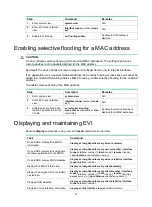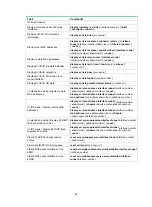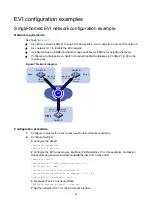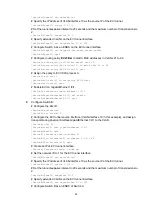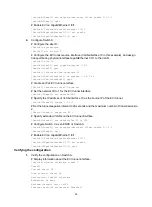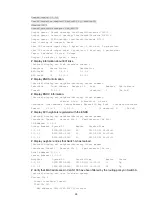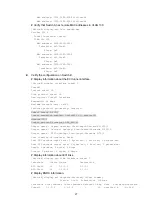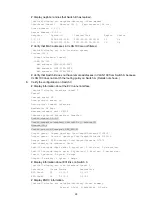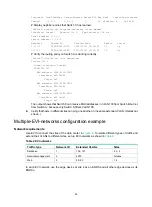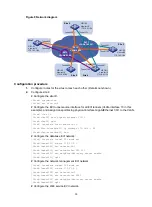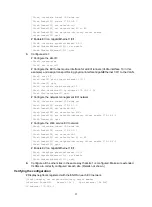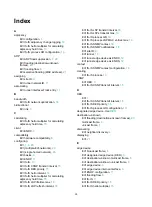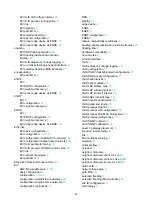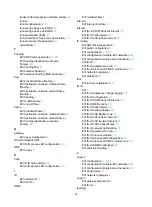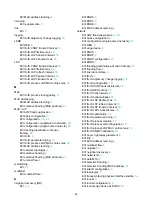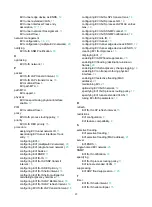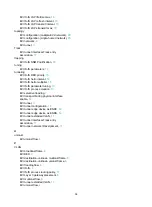
34
EVI IS-IS LSP refresh interval,
EVI IS-IS process routing policy,
EVI neighbor,
EVI path MTU,
EVI site ID configuration,
EVI tunnel edge device as ENDC,
EVI tunnel edge device as ENDS,
enabling
EVI ARP flood suppression,
EVI flooding (destination-unknown
frames),
EVI IS-IS adjacency change logging,
EVI on transport-facing physical interface,
EVI selective flooding (MAC address),
encapsulating
EVI path MTU,
ENDC
EVI,
EVI ENDP configuration,
EVI neighbor discovery,
EVI tunnel edge device as ENDC,
ENDP
EVI,
EVI configuration,
EVI neighbor discovery,
ENDS
EVI,
EVI ENDP configuration,
EVI neighbor discovery,
EVI tunnel edge device as ENDS,
Ethernet
EVI basic configuration,
EVI configuration,
EVI configuration (multiple-EVI-networks),
EVI configuration (single-homed network),
EVI IS-IS parameter tuning,
EVI IS-IS process LSP MAC entries max,
EVI network topologies,
EVI path MTU,
Ethernet Virtual Interconnect.
EVI
ARP flood suppression,
basic configuration,
configuration,
configuration (multiple-EVI-networks),
configuration (single-homed network),
configuration restrictions,
display,
edge device,
ENDC,
ENDP,
ENDP configuration,
feature compatibility restrictions,
flooding enable (destination-unknown frames),
flooding flow,
how it works,
internal interface,
IS-IS,
IS-IS adjacency change logging,
IS-IS configuration,
IS-IS CSNP transmit interval configuration,
IS-IS DED priority configuration,
IS-IS hello interval,
IS-IS hello multiplier,
IS-IS LSP lifetime max,
IS-IS LSP refresh interval,
IS-IS LSP transmit interval,
IS-IS LSPs transmit max,
IS-IS parameter tuning,
IS-IS process creation,
IS-IS process GR configuration,
IS-IS process LSP MAC entries max,
IS-IS process routing policy,
IS-IS SNMP context,
IS-IS SNMP notification,
Layer 3 gateway placement,
licensing requirements,
link,
MAC address learning,
multicast flow,
neighbor,
neighbor discovery,
neighbor discovery client.
Use
neighbor discovery protocol.
Use
neighbor discovery server.
Use
network ID,
network topologies,
selective flooding,
selective flooding (MAC address),
site ID configuration,
terminology,


